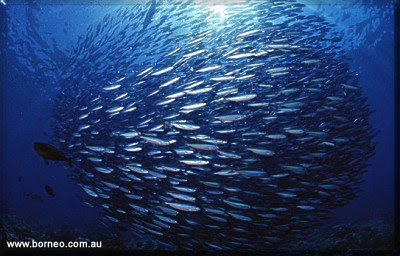
The impossible-to-miss Cahill Center for Astronomy and Astrophysics at the California Institute of Technology, wrapped in red-orange panels and seeming to crack and heave around its midsection, as if squeezed by a vise, has been the topic of animated latte-line and cocktail-party conversation in Pasadena since its scaffolding came down last year.
The three-story, 100,000-square-foot building, which stretches its long, low, fractured mass along a prominent site on California Boulevard, engages the city -- and the public -- more pointedly than any other of the university's buildings. It seems eager to start a conversation or pick a fight, depending on your point of view, about the appeal of aggressively contemporary architecture. It has been the most anticipated of the many campus building projects initiated on Caltech's leafy, low-rise campus by David Baltimore, the biologist and Nobel laureate who was president of the university from 1997 to 2006.
And yet the Cahill Center's architect, Thom Mayne, founder of the Santa Monica firm Morphosis, calls it, with something of an apologetic shrug, a conventional building, "probably the most conservative" he's done.






























































